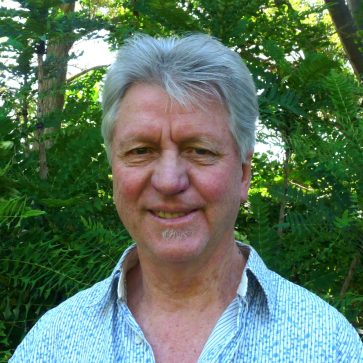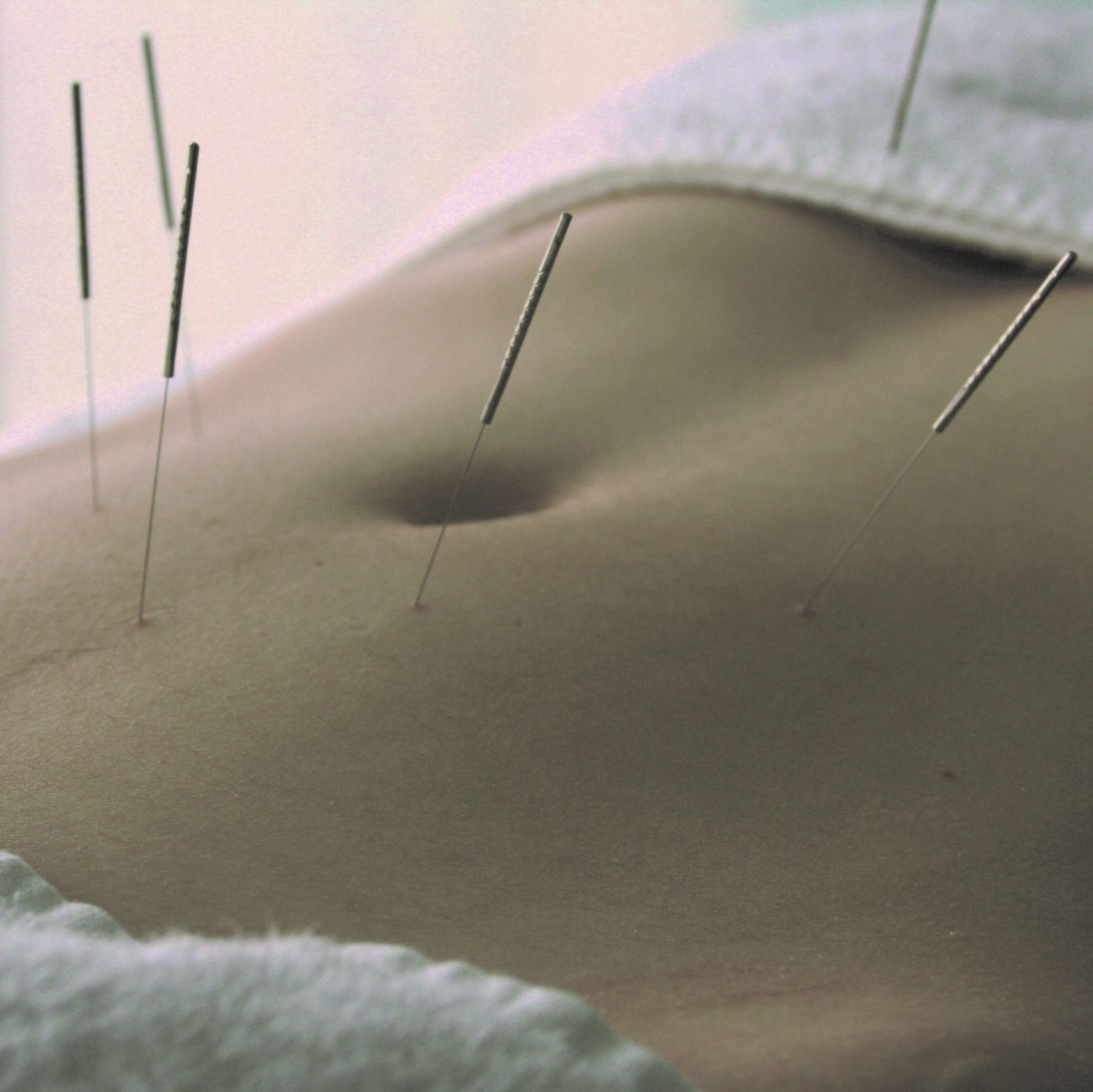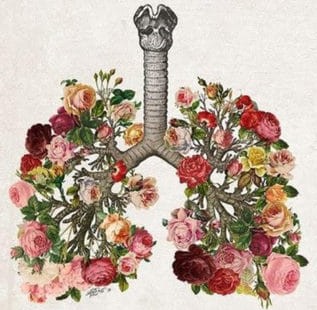
As a profession, Chinese Medicine practitioners in Australia are operating within a legal framework. We are registered under the jurisdiction the Australian Health Practitioners Registration Agency (AHPRA). Under AHPRA’s Advertising Guidelines we are not allowed to use testimonials, we are not allowed to create an unreasonable expectation of beneficial treatment and we are not allowed to make claims which are not supported by reputable scientific evidence.
With regard to this last point, the landscape has changed dramatically; evidence of acupuncture’s effectiveness is rapidly accumulating. The Australian Acupuncture and Chinese Medicine Association (AACMA) has commissioned a report on the current status of acupuncture research: The Acupuncture Evidence Project. Of 129 conditions examined, evidence of effect was found at various levels for 123 conditions.
It is no longer possible to say that
the effectiveness of acupuncture is because of the placebo effect,
or that it is useful only for musculoskeletal pain.
An synopsis of this paper appears below or you can read the full Acupuncture Evidence Project here.
BACKGROUND
Evidence of effectiveness underpins the validity of all health care interventions. Acupuncture has been practiced for thousands of years. Research into its effectiveness and cost effectiveness is in its relative infancy. The Australian Acupuncture and Chinese Medicine Association (AACMA) identified the need for an updated review of the literature with greater rigour than was possible in the past and commissioned The Acupuncture Evidence Project.
METHODS
This review draws on two prior comprehensive reviews, one conducted for the Australian Department of Veterans’ Affairs (DVA) in 2010 and another conducted for the United States Department of Veterans’ Affairs (USVA) in 2013 (1, 2). The research identified by these reviews was pooled, then a search of further literature from 2013 – 2016 was conducted.
Trials were assessed using the National Health and Medical Research Council (NHMRC) levels of evidence, with risk of bias assessed using the Cochrane GRADE system (3, 4). Results have been tabulated to indicate not just the current state of the evidence, but to indicate how the quality and quantity of evidence has changed from 2005 to 2016.
In this review, 122 conditions across 14 broad clinical areas were identified and, of these, only 5 conditions rated ‘no evidence of effect’. Evidence of cost effectiveness was identified for 10 conditions, and evidence for safety was identified for 9 conditions. The level of evidence was was found by this review to have increased for 24 conditions.
It has been estimated that there is a 17 year time lag in translating clinical research into clinical practice (5). During this time patients are being deprived of the benefit of a proven therappy. Health policy makers now have eight clear conditions associated with a significant burden of disease where acupuncture should be integrated into current clinical guidelines without further delay. Placebo controlled clinical trials consistently underestimate the true effect size of acupuncture (as discussed in section 1.4), yet they have still demonstrated NHMRC Level 1 evidence for the effectiveness of acupuncture for a further 109 conditions. This review has found a significant improvement in both the quality of studies and the level of evidence supporting acupuncture since the most recent reviews conducted by the Australian and the US Departments of Veterans’ Affairs
CONCLUSIONS
Systematic reviews published up to January 2017 indicate that acupuncture has a ‘positive effect’ on eight conditions:
- migraine prophylaxis
- headache
- chronic low back pain
- allergic rhinitis
- knee osteoarthritis
- chemotherapy-induced nausea and vomiting
- post-operative nausea and
- vomiting and post-operative pain
Acupuncture has a ‘potential positive effect’ on a further 38 conditions, ‘unclear/insufficient evidence’ for 71 conditions and ‘no evidence of effect’ for five conditions. Evidence of cost effectiveness was identified for 10 conditions, and evidence for safety was identified for nine conditions.
~ ~ ~ ~ ~
REFERENCES
- Biotext. Alternative therapies and Department of Veterans’ Affairs Gold and White Card arrangements,. In: Australian Government Department of Veterans’ Affairs, 2010
- Hempel S, Taylor SL, Solloway MR, Miake-Lye IM, Beroes JM, Shanman R, et al. VA Evidence-based Synthesis Program Reports. Evidence Map of Acupuncture. Washington (DC): Department of Veterans’ Affairs, 2014
- National Health and Medical Research Council. NHMRC additional levels of evidence and grades for recommendations for developers of guidelines. National Health and Medical Research Council, 2009
- Balshem H, Helfand M, Schunneman HJ, Oxman AD, Kunz R, Brozek J, et al. Grade guidelines: Rating the quality of evidence. Journal of clinical epidemiology. 2011 Apr;64(4):401-6 5.
- Morris ZS, Wooding S, Grant J. The answer is 17 years, what is the question: understanding time lags in translational research, Journal of the Royal Society of Medicine. 2001 Dec;104(12):510-20











